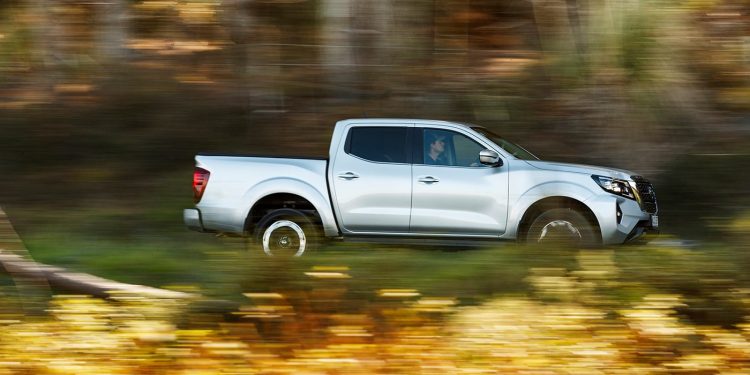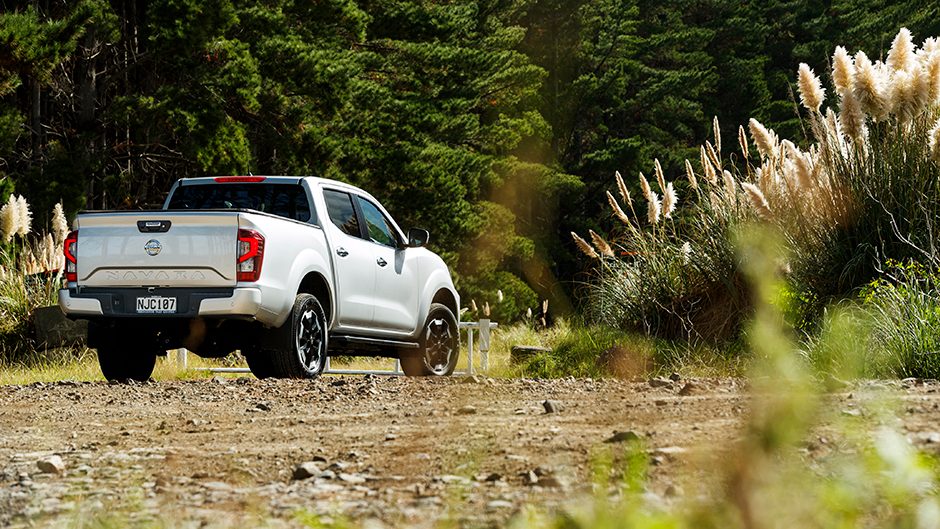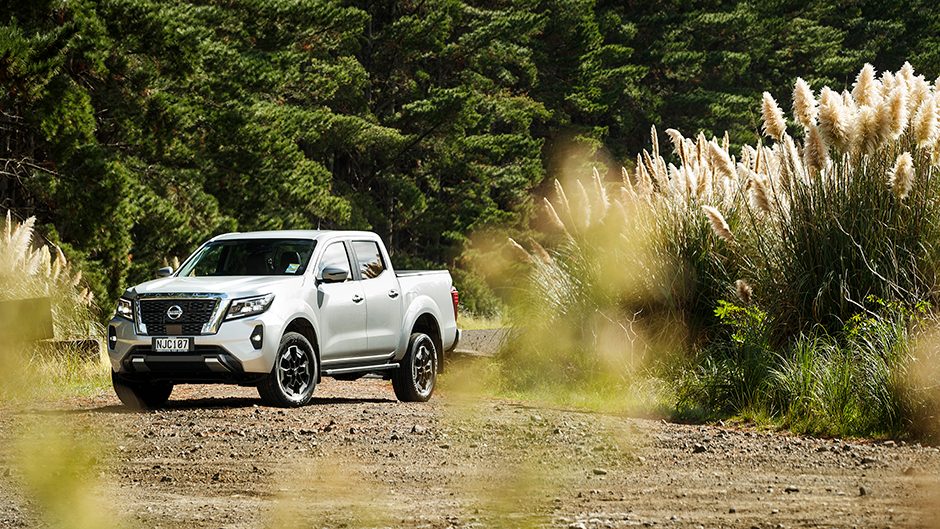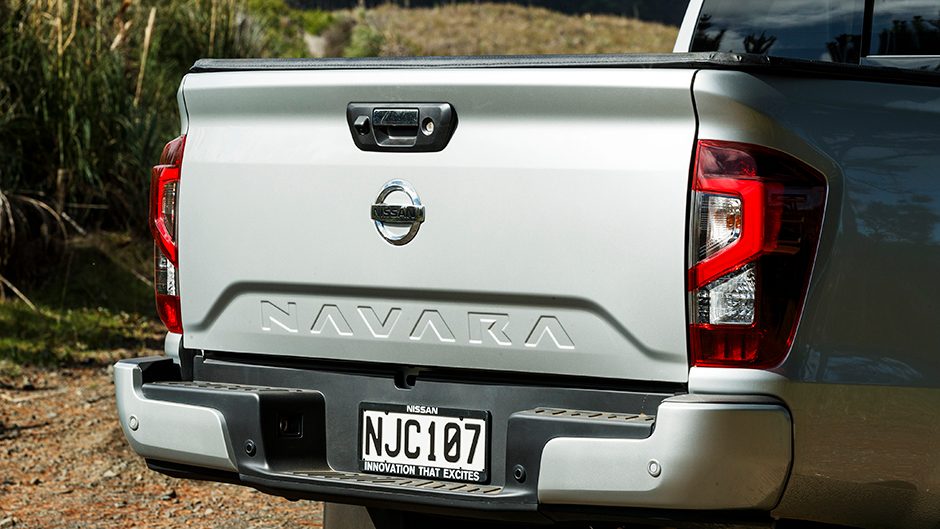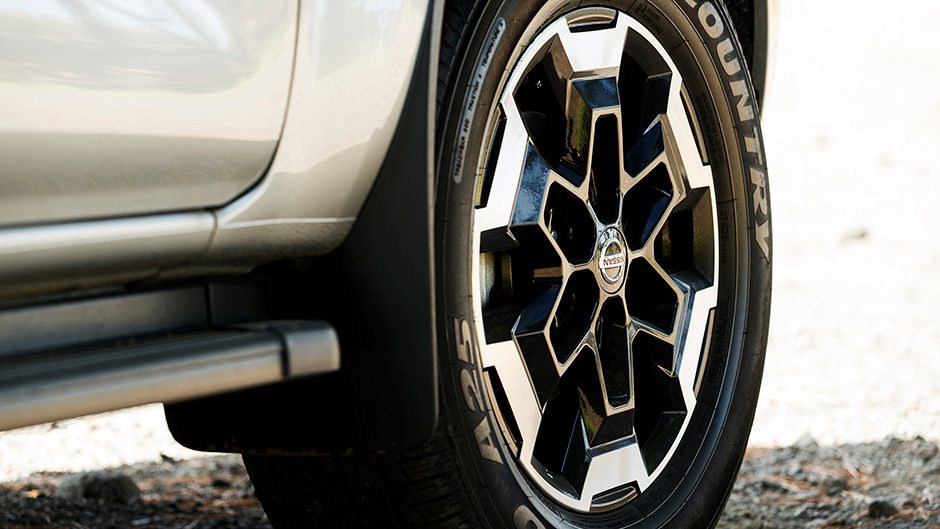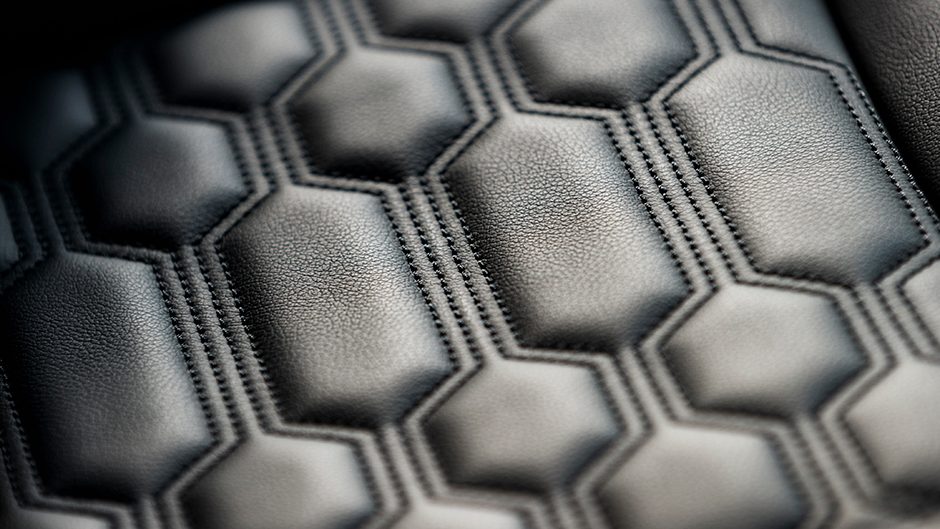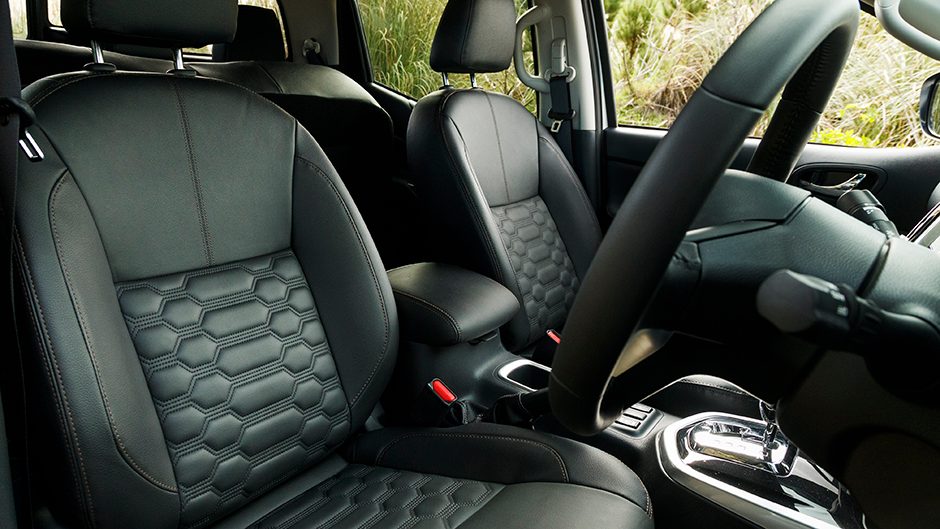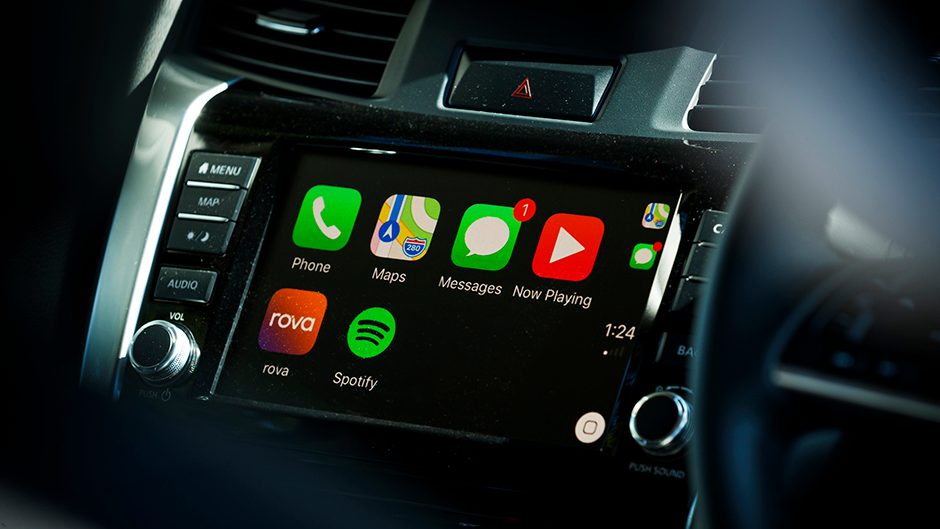2021 Nissan Navara ST-X 4×4 review
Words Kyle Cassidy | Photos Tom Gasnier
Nissan’s workhorse gets a makeover for 2021, adding capability and improving safety and refinement. Are there any downsides though?
You don’t need many guesses to name Nissan’s best seller these days. It’s a ute of course, though the current generation Navara has slipped a notch or two on the sales board; it’s currently sitting fourth on the ute list, and ninth overall. Will the introduction of a revised ute help its fortunes?
The current generation has been around since 2014, so it’s well due a spruce up. A shuffling has taken place in the model line-up, the narrow body RX is no more, with SL, ST and ST-X models returning and there’s a new Pro4-X at the top (chunky AT tyres, flares, roof rails and black detailing). Expect, maybe, an apex Warrior model at some point.
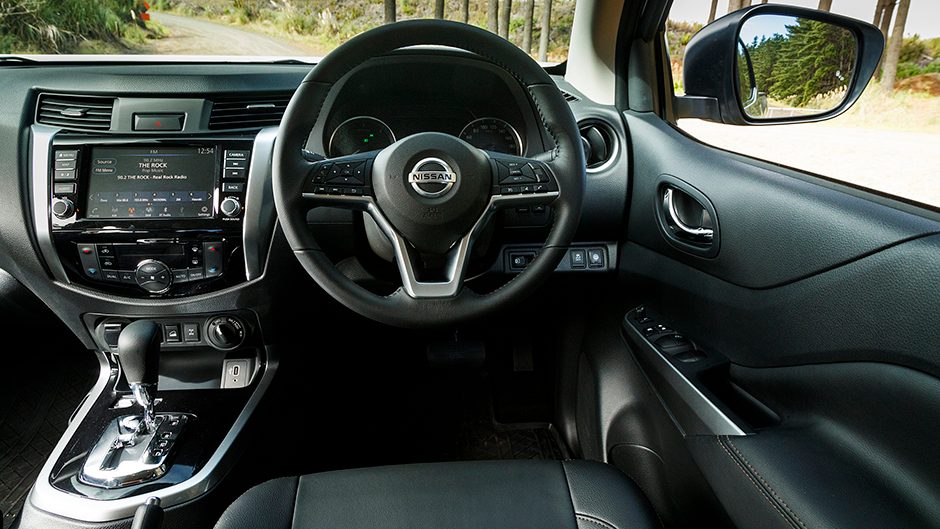
The new styling sees the front and rear ends reshaped. One bystander, with a long, bushy beard and short shorts, reckoned it looked much tougher, like an off-road truck should. The grille is the most obvious change, its square-jawed approach heavily influenced by the Yankee Titan pick-up. The lights are striking with quad LED compound eyes and a unique signature from the daytime runners. A new bumper, bonnet and body-coloured wing mirrors round out the changes up front.
At the business end, there’s now a deeper tray and the tailgate, embossed with a big Navara stamp, gets a helper spring to ease resiting duties. There are new lights and a reprofiled bumper too.
Inside, the cabin is refreshed, all models gaining an eight-inch touchscreen with Apple and Android abilities, while all but the base model get sat nav. There’s a larger seven-inch display in the instruments, the seat trims are revised and there’s a new steering wheel. The seats in the ST-X we sampled proved comfy on the long drive, with good support and adjustment (although the wheel still only moves up and down) and the trim is pretty swish with its patterned stitching.
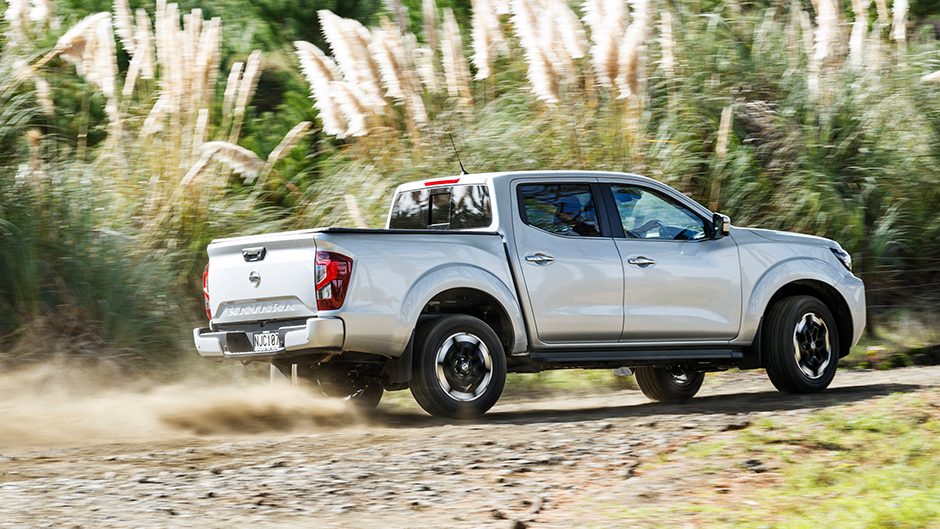
There are a few more USB ports around the place, even a USBc plug and the navigation is improved with better mapping. The new wheel is an improvement, the horn button now only in the hub rather than extending down into the spoke. That made it all too easy to inadvertently honk when turning. Rear passengers get an outlet for the air con, better cushioning under the buns and a USB charge port.
The 2.3-litre diesel carries over, pushing 120kW and 403Nm in single turbo guise (this primarily powers base variants) while with twin blowers it makes 140kW and 450Nm, the torque on from 1500-2500rpm. The seven-speed auto returns (the six-speed manual is still available on select models) but new is a drive mode button accessing Standard, Sport, Tow and Off-Road settings. Though it might be down on sheer punch compared with some competitors, the 2.3 still performs well, its torque delivered readily thanks to the twin turbo set-up; there’s no waiting for it to hit the fat of its pull. And it has a better throttle response compared with most of the single-turbo 3.0-litre donks. It doesn’t drink as much in traffic either, where it’s usually in the 9L/100km region.
We took the ST-X away on a camping trip, traversing some hilly, winding-type roads, with a few gravel trails involved and it averaged in the low 8s. We reckon the seven-speed auto has more of a ‘locked-up’ feel to its operation in the Standard drive mode. Click through to Sport and it’ll hold gears longer, handy for hill roads, giving it a more positive response to the throttle inputs and it’s quicker with the shifts.
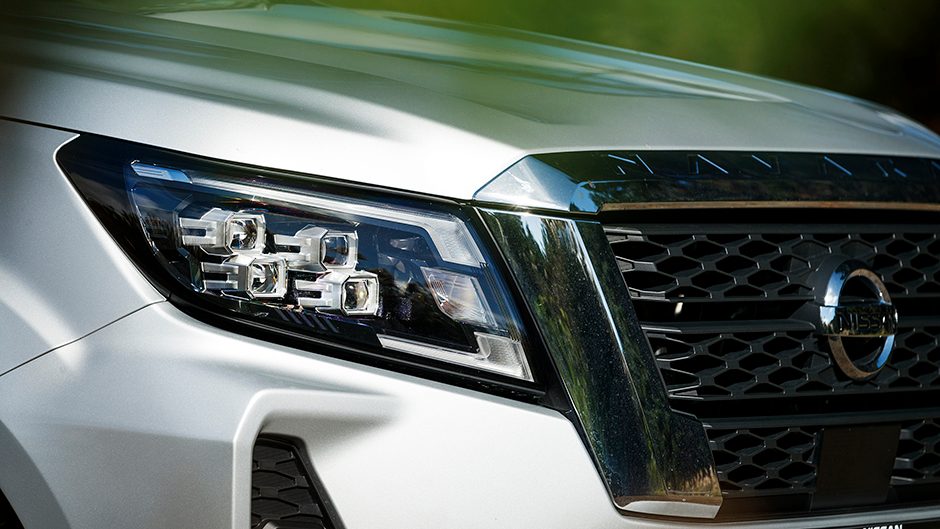
The 4×4 models with the surround view camera also get an off-road function which, when in 4-Low, will show the terrain directly ahead. We’ve found this particularly handy when you’re heading uphill or creeping up to the start of a big drop off. We didn’t venture far off road in this, so we hope the AEB doesn’t get set off on decent obstacles like it does on the D-Max.
They’ve revised the rear end to give all models a one-tonne payload, Nissan having ‘strengthened the rear axle’ though details are scant. It’s now firmer on the rear but still rides better than the D-Max/BT-50. It feels more settled with a few hundred kilos in the tray for sure. We swear the steering feels more immediate with much less of the ‘on-centre slop’ than we remember too. They’ve added larger brakes on the rear, though the tow rating remains at 750kg and 3500kg braked.
Safety chaperones have been added, with all models gaining collision warning and AEB. The SL and ST also get blind spot watchers, lane departure tech, rear parking sensors, RCTA and auto high beams while top models have tyre pressure monitoring. These are mostly camera-based systems, and switchable. The lane departure warning is forever beeping on winding roads, but you can silence that easily enough. There is no lane centring function (thank goodness) as Navara still has hydraulic steering and the lane keeping function is by brake. Adaptive cruise didn’t make the list of updates, unfortunately.
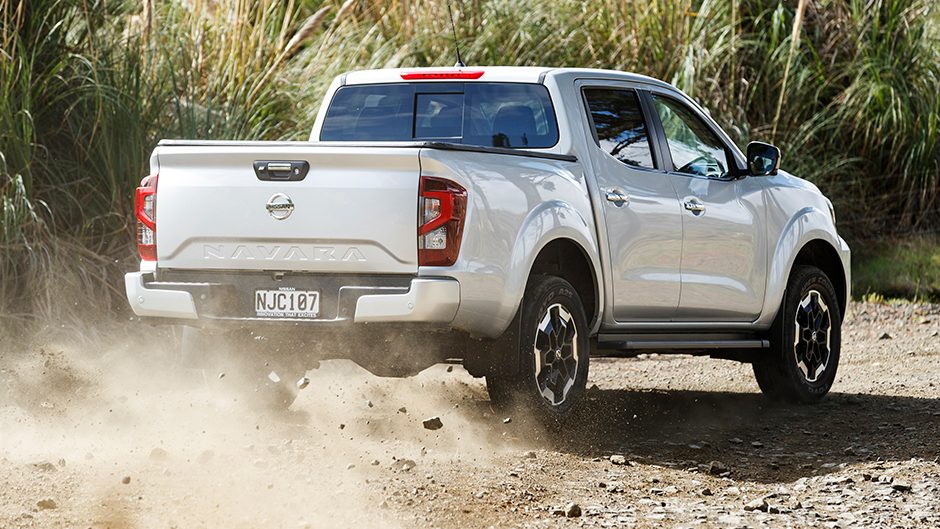
Navara owner’s aural wellbeing improves with the inclusion of more noise suppression, and a better insulated engine bay, bulkhead and cabin for a noticeable reduction in diesel rattle, particularly on start-up and at idle. It’s heavier as a result, this ST-X weighing in at 2126kg, some 80kg more than the old model. So it’s around 0.6sec slower over both the 0-100 and 80-120 runs, hardly noticeable by the seat of the pants, whereas your ears sure enjoy the lack of clamour. A good compromise then.
Nissan has added to its list of genuine accessories with roof platforms, fender flares, four new bullbar designs (with winch capabilities and LED lights) underbody protection and sports bars now available at the dealership and covered by a five-year warranty.
There’s the usual model matrix, with single- and king-cab variants and seven double-cab options ranging from the $45,490 SL 4×4 manual to the $70,490 Pro-4X auto. The ST grade is now a well-specified truck with the safety upgrades, including the around-view camera, sat nav, privacy glass, LED lights and 17s. The ST-X featured here adds, among other things, 18s, a smart key, dual-zone air, leather trim and powered and heated seats. Its price has risen $700 to $67,490. All Navaras have a five-year, 150,000km warranty and fixed price servicing sees maintenance costs of between $500 and $700 every 20,00km/12 months.
We’ll line up some competition in the coming months for a comparison test, so stay tuned.
| Model | Nissan Navara ST-X 4×4 |
| Price | $67,490 |
| Engine | 2298cc, IL4, TDI, 140kW/450Nm |
| Drivetrain | 7-speed auto, switchable 4×4 |
| Fuel Use | 7.9L/100km |
| C02 Output | 208g/km |
| 0-100km/h | 10.51sec |
| Weight | 2126kg |


